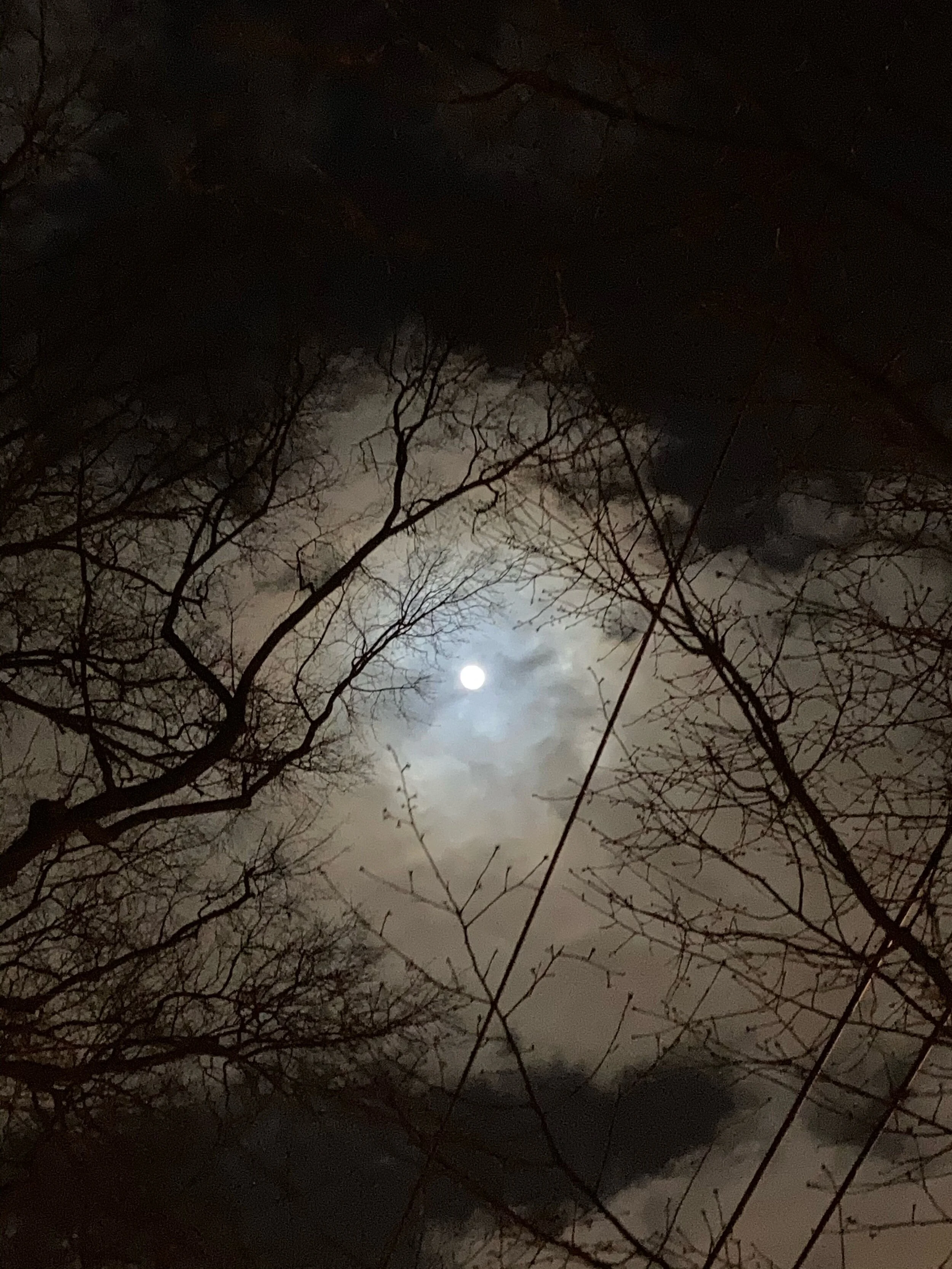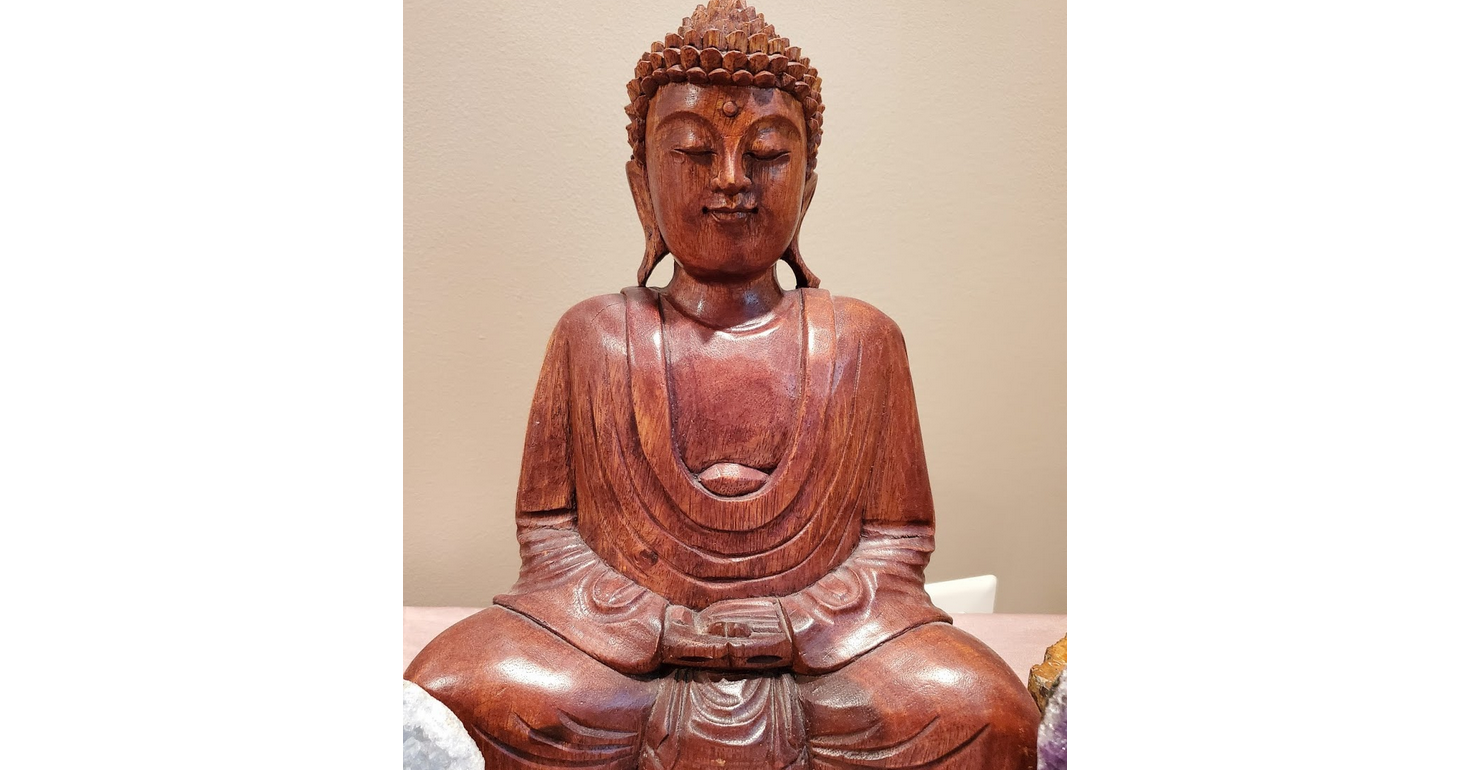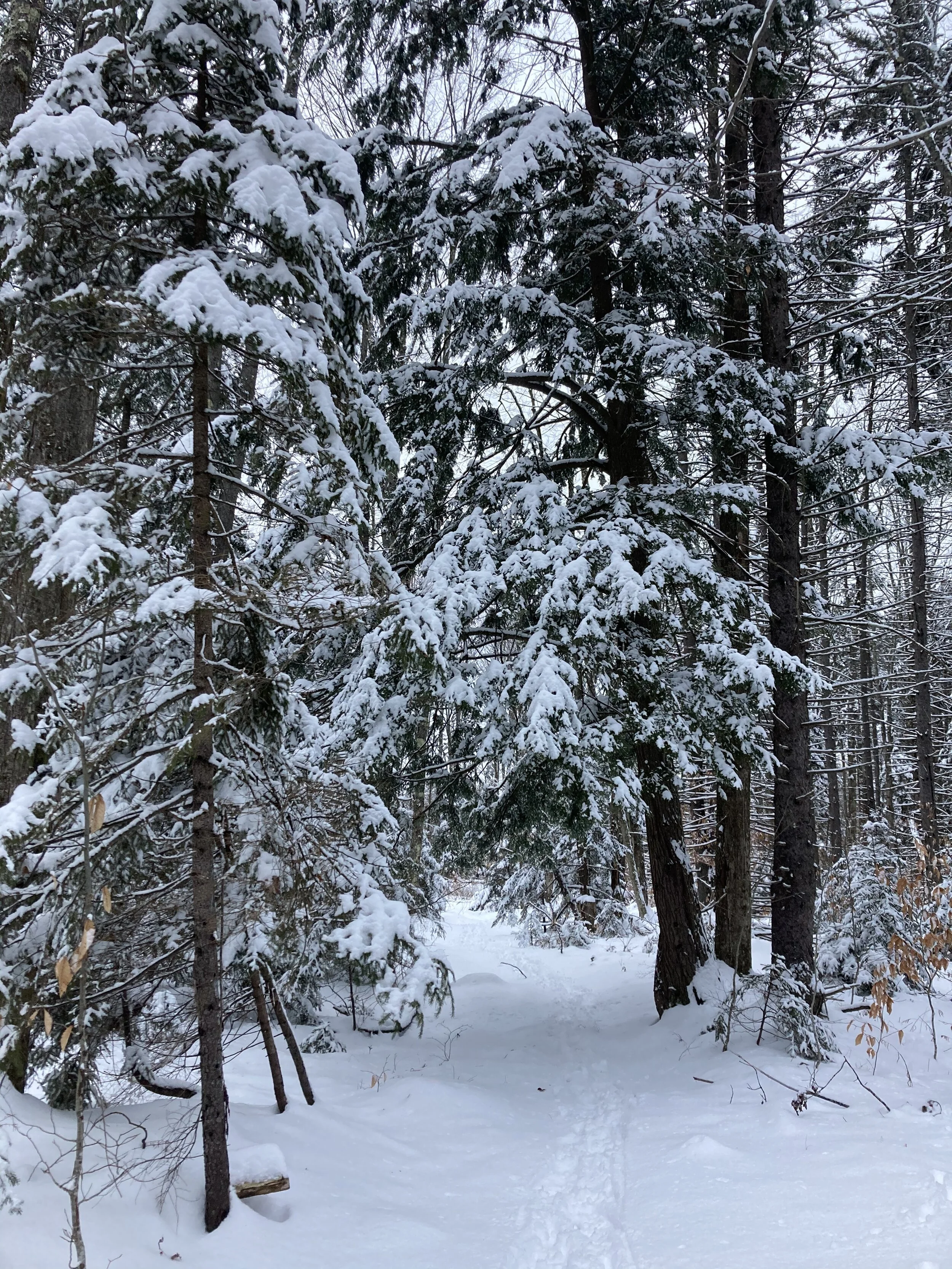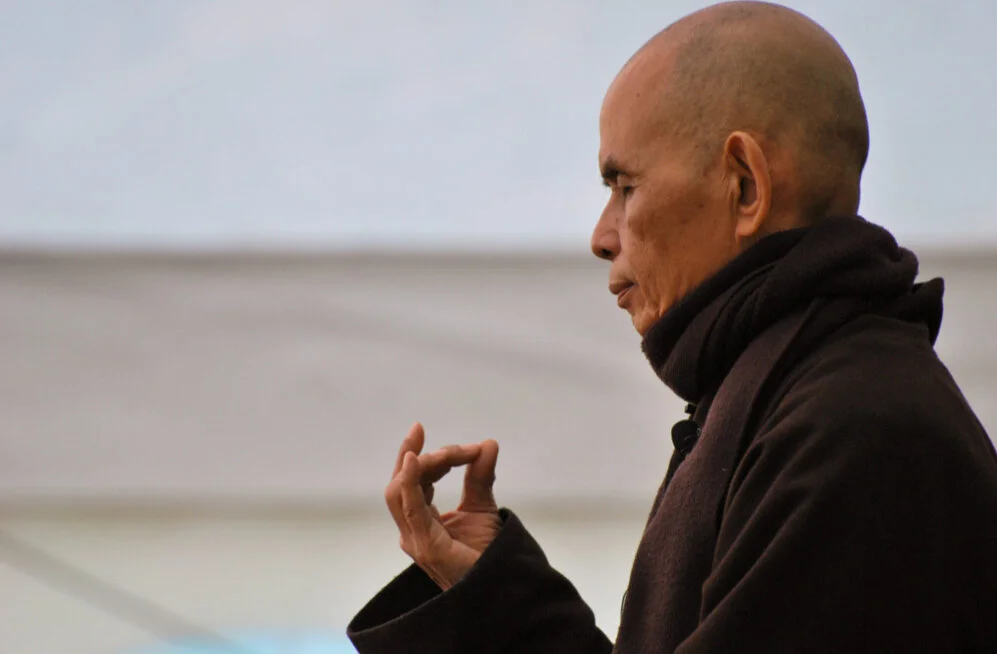I remember the first time I was struck by the sound of silence. I was nineteen years old and had recently arrived from Puerto Rico to attend college in Florida. I had never noticed how loud the vibrations of silence could feel. During that stage of my life all I could associate with silence was pure loneliness. The next day I called my mother to tell her that I was returning home. Looking back at all the lessons I have learned about living with silence since then, I am grateful that she opposed my return.
The memories of my childhood bring me back to a warm island so small that there was little physical space between people. In that convivial society I regularly heard all kinds of conversations and/or music coming from open windows. While reading for pleasure was not commonly practiced in my circle, there was a rich oral tradition. I often found myself in gatherings in which everyone was expected to participate in conversations no matter how trivial. Reading in public, at the dinner table or to each other was unheard of. Other than in Catholic ceremonies, sitting in silence with others was quite rare. I was taught to believe that being silent was lonely and anti-social…
